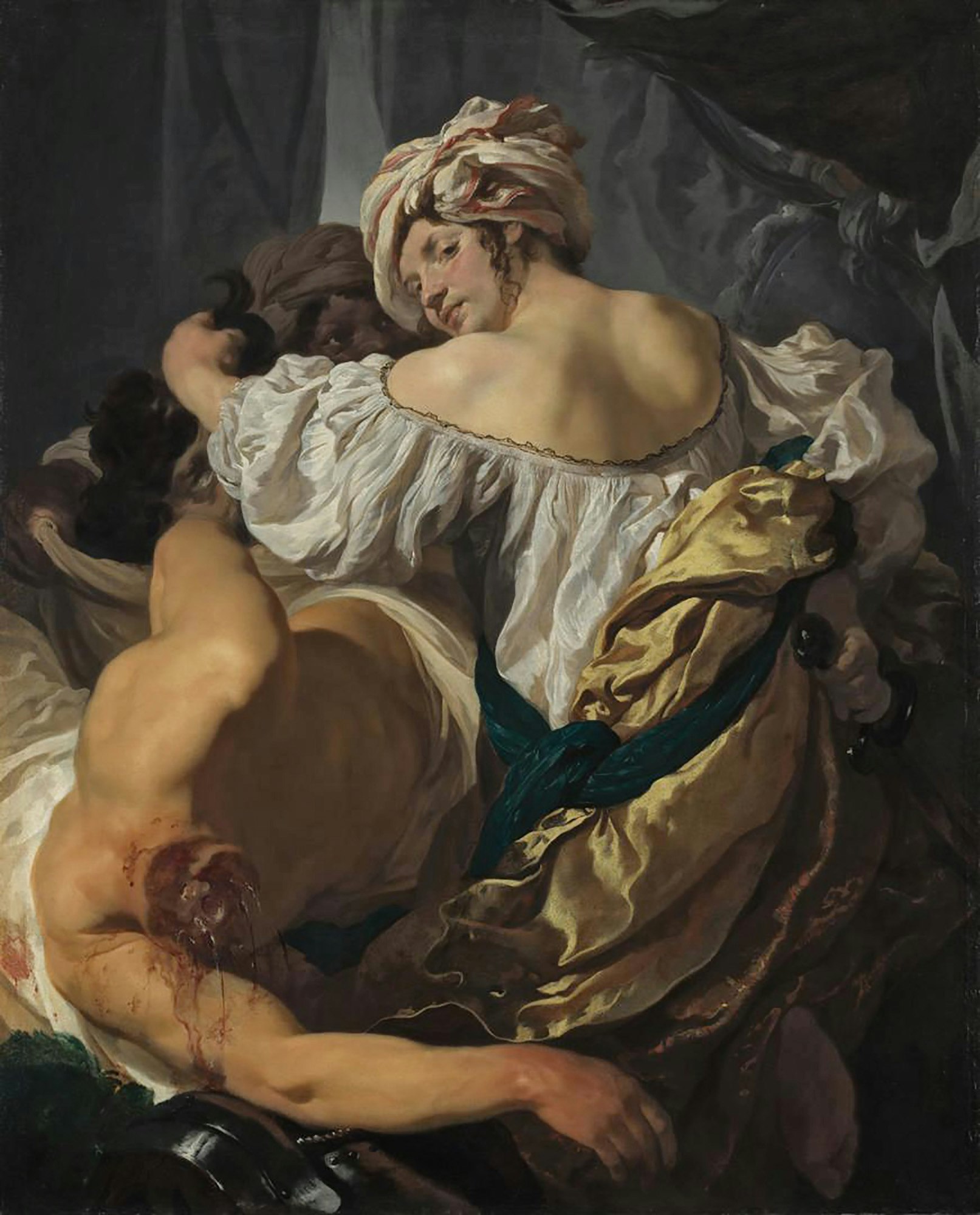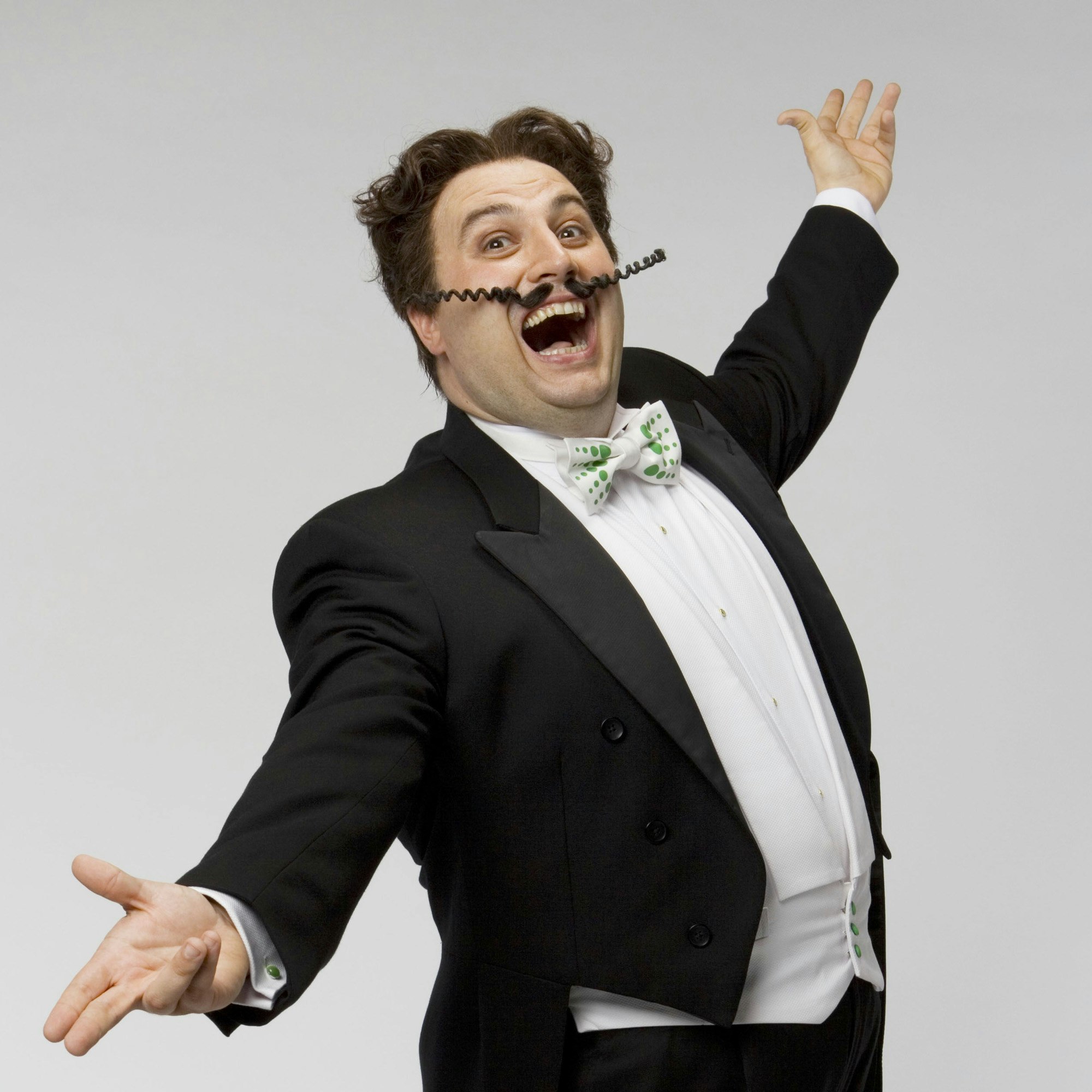This article is taken from the May 2024 issue of The Critic. To get the full magazine why not subscribe? Right now we’re offering five issues for just £10.
Alan Bennett, that man of many talents, has said the time he served as a trustee of the National Gallery afforded more hours of pleasure than any other honour. You can see why. The freedom to wander round those rooms at nightfall, after the hordes have departed, is an enviable privilege.
Paintings are appreciated most intensely when there are few people around to spoil the view. Certain well-known works are impossible to savour as they should be savoured because platoons of the gormless clog up the space.
These people may be present, but they always miss the experience. You don’t take a picture of a great painting, snap snap, and shuffle off to the next room. You look at it closely, even if it takes all afternoon.
A vivid personal memory is of visiting the Kunsthistorisches Museum in Vienna one Thursday evening, when they keep the place open until 10pm. One room, where Vermeer’s Allegory of Painting and Jacob van Ruisdael’s Great Forest hang on adjacent walls, was free of intruders for half an hour. To be alone (almost) with two masterpieces of the Dutch Golden Age was the kind of treat Bennett enjoyed weekly.
Front Row, on Radio 4, marked the 200th anniversary of the National Gallery by sending Samira Ahmed to Trafalgar Square, to talk to some of the people who work there. The programme worked well because the back-row folk, the framers and cleaners, spoke with love of their labours.
The artists-in-residence were a mixed bag, but it is a national gallery so all views should be given a hearing.
Our guide was Gabriele Finaldi, the Gallery’s director, who recalled his first visit as a teenager, when an Ingres portrait caught his eye. He spoke proudly of his daily walks through the building, observing the visitors who had assembled that day and noting which paintings held their attention.
Ahmed, realising that an expert was on parade, allowed him to speak freely. The programme therefore had a natural rhythm. Even though listeners could not see Caravaggio’s Supper at Emmaus or Whistlejacket by Stubbs, they were witnesses in spirit.
There are 2,500 works in the collection, many acquired by Sir Charles Eastlake, the Gallery’s first director, who was given an annual £10,000 stipend by the government to roam across Europe in search of great paintings. Now that really was a Grand Tour.
We heard of the “shilling concerts” given by the pianist Myra Hess during the Second World War. In six years she organised 1,968 — starting (of course) with Johann Sebastian Bach. Each concert carried a torch for the music of the great Germans, to remind people of that nation’s capacity for light as well as darkness.
The paintings were not there when she played. They were taken to a slate mine in Wales, where they saw out the conflict safe from bombs. An episode of Foyle’s War, it may be recalled, featured this evacuation as part of the plot.

There was a spot of nonsense along the way. An artist found Liss’ Judith in the Tent of Holofernes to be “problematic” in terms of “whiteness” and “blackness”, and a critic referred to “deconstructing” works and viewing them in “a safe space”.
You don’t deconstruct paintings. You admire them and grow to love them. As for safe spaces, the National Gallery’s permanent collection is free to all, prince or pauper, and you can’t get much safer than that.
Front Row does not always excel, but this programme lived up to its promise. This summer, ten of the gallery’s masterpieces are going on tour throughout the UK: a great institution’s gift to the nation.
A happy tale.
There has been a “rehanging” at Radio 3, where familiar features have been rearranged at the behest of Sam Jackson, the new controller. For the time being we should let the station settle down. A clearer perspective will emerge in the coming months.
However, the first day did not promise many grapes. A string quartet talked about playing a “gig” in a club, and Jools Holland introduced himself with Brendel’s Beethoven and Jackie du Pré’s Elgar, which you can hear on Classic FM any day of the week.
One blunder must be pointed out at once. Friday Night is Music Night gave pleasure to thousands, and it is right to restore the show. But on Radio 3? It was always a staple of the Radio 2 repertoire, and that is where it should remain.

The first Friday wasn’t very good, though Katie “Amazing” Derham simpered less than usual. Wynne Evans, the tenor in the amusing Go Compare telly adverts, was persuaded to sing “Nessun Dorma”. Whilst his performance may have gone down well in certain pubs, it sounded a thing of threads and patches on the wireless. The audience, primed to cheer, knew it. Sad.
“Nessun Dorma” is to opera what “My Way” is to popular song: a supposed crowd-pleaser that rarely pleases. This was a lazy way to revive an old favourite.
Enjoying The Critic online? It's even better in print
Try five issues of Britain’s newest magazine for £10
Subscribe



